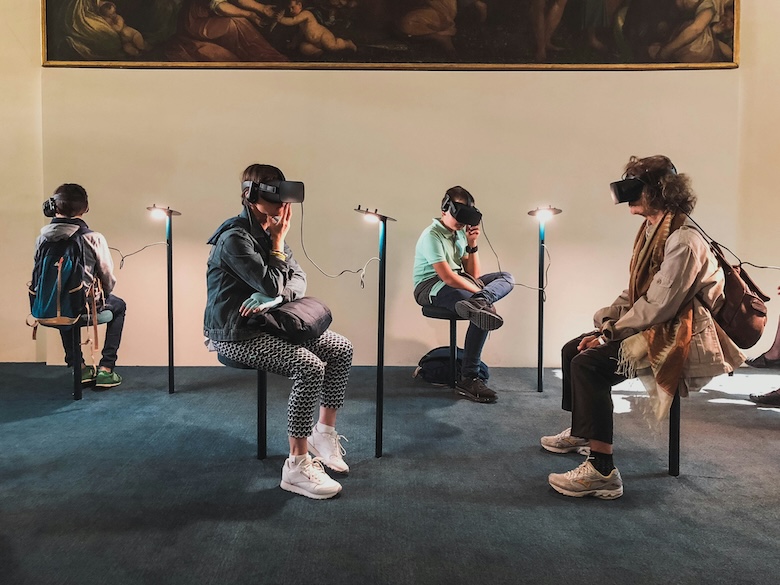
Balancing AI and human skills within the framework of organizational ambidexterity requires a nuanced understanding of the complementary strengths of both entities. Achieving this balance is pivotal for companies striving to innovate while optimizing their current operations. The synergy between AI’s computational power and human creativity and judgment offers a potent formula for fostering an environment conducive to both exploration and exploitation. This dual approach not only accelerates innovation but also enhances operational efficiency, propelling companies towards sustainable growth and competitiveness.
In the exploration phase, where innovation and the pursuit of new opportunities are paramount, human creativity is irreplaceable. Humans excel in ideation, conceptualizing novel solutions, and understanding complex, nuanced customer needs that AI can miss. However, AI can significantly augment this process by sifting through extensive data to identify patterns, trends, and insights that may not be immediately apparent. For instance, AI’s predictive analytics can unveil emerging market opportunities or technological shifts, guiding human decision-makers in focusing their creative efforts where they are most likely to yield breakthrough innovations. Moreover, AI can simulate the outcomes of various innovative ideas, providing a data-driven foundation for human judgment to evaluate the viability and potential impact of new products or services.
On the exploitation front, where the goal is to maximize efficiency and productivity in existing operations, AI’s role is more pronounced. Through automating routine tasks, AI frees up human resources to engage in more value-added activities. This is where AI’s ability to optimize processes, from supply chain logistics to customer relationship management, comes into play. By automating these tasks, AI not only increases efficiency but also reduces the potential for human error, leading to more reliable and consistent operational performance. Yet, even here, the human touch is crucial. Strategic decision-making, driven by human judgment and understanding of the broader business context, ensures that AI’s efficiency gains are aligned with the company’s overall strategic objectives.
The interplay between AI and human skills is also critical in transitioning innovations from the exploration phase to full-scale exploitation. This requires not just technological integration, but also cultural and organizational adjustments, areas where human skills are indispensable. Change management, a fundamentally human skill, is essential for integrating new innovations into existing processes and for ensuring that employees adapt to new ways of working. Meanwhile, AI can facilitate this transition by analyzing data to identify the most effective integration strategies and by providing tools that make it easier for employees to adopt new processes.
To successfully balance AI and human skills, organizations must cultivate a culture of continuous learning and adaptability. This involves investing in training and development to ensure that employees can effectively collaborate with AI technologies and adapt to new roles created by AI-driven changes. It also means fostering a culture that values innovation and experimentation, encouraging employees to explore new ideas while also recognizing the importance of maintaining and optimizing existing operations.
Leadership plays a pivotal role in achieving this balance. Leaders must be ambidextrous themselves, capable of understanding both the potential of AI and the value of human skills. They must navigate the organization through the complexities of adopting AI technologies while ensuring that employees feel valued and engaged. By setting a clear vision that articulates the importance of both exploration and exploitation, leaders can guide their organizations toward achieving true ambidexterity.
In conclusion, balancing AI and human skills is essential for organizations seeking to achieve ambidexterity. By leveraging AI for data-driven insights and process optimization, while also harnessing human creativity and judgment for innovation and strategic decision-making, companies can thrive in both exploring new opportunities and exploiting existing capabilities. The key to this balance lies in strategic leadership, a culture of learning and adaptability, and a commitment to investing in both technology and people.

